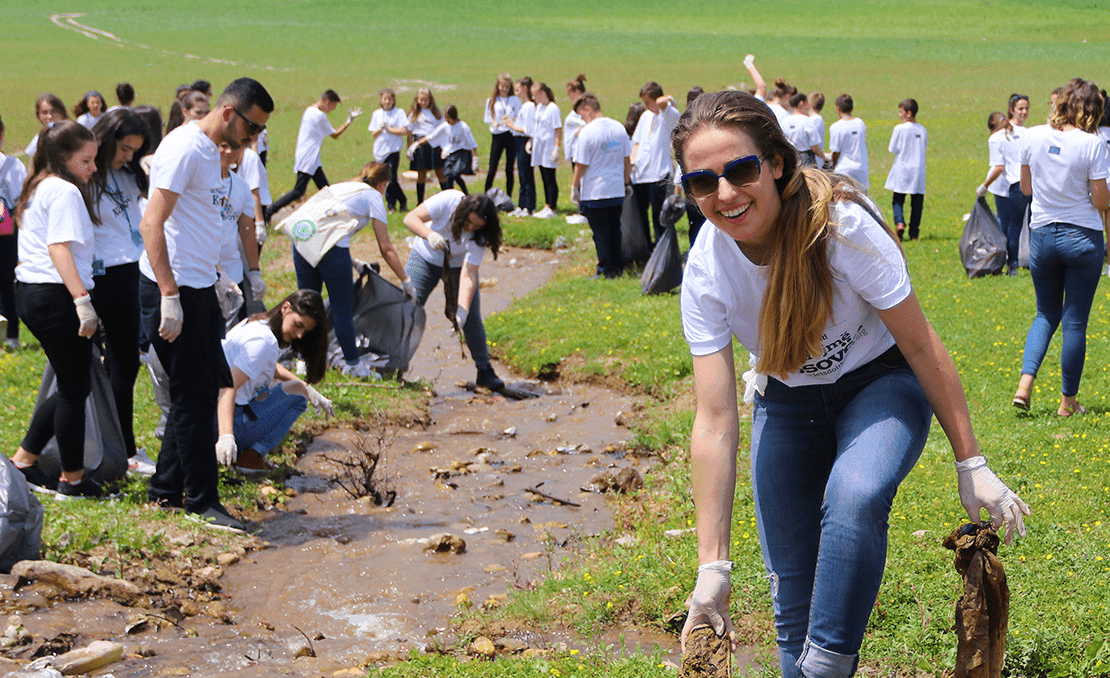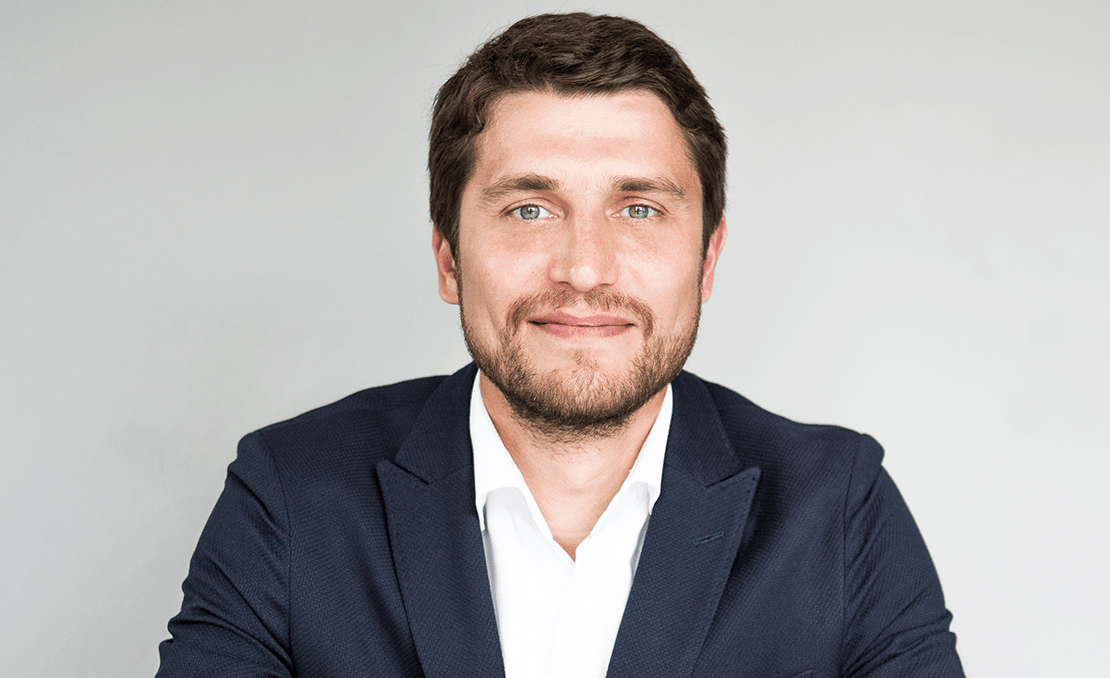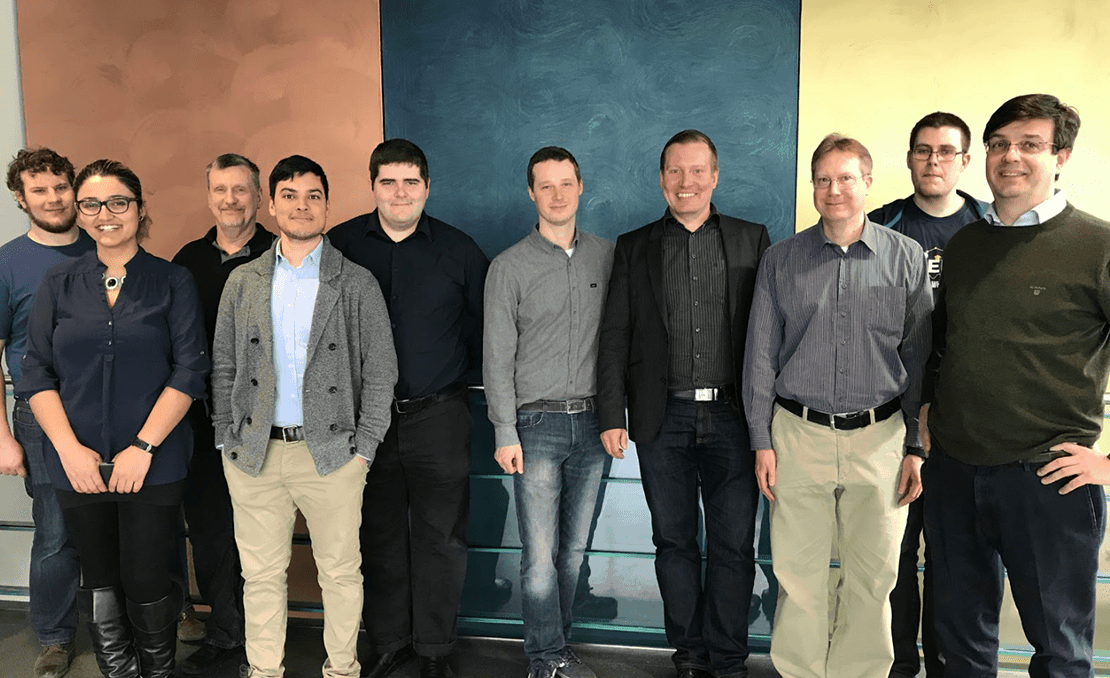15Aug2017
On September 15th, 2018, participants from across the globe will strive to clean the world’s illegally discarded garbage on what is called “World Cleanup Day”. It will be the culmination of hard work, collaboration and communications between countries, corporations and individuals who all want to leave our planet cleaner than when they found it.
Its origins are set in Estonia back in 2008 when the local civic movement Let’s Do It managed to mobilize 50,000 people (5% of Estonia’s population) to get out and clean up illegally dumped trash all over the country. The organizers were very pleasantly surprised by such a large turnout, and news of the cleanup day quickly spread via viral videos. Margus Simson, Head of Technology for the Let’s Do It Foundation, points out that there were no global aspirations at the beginning. “The whole event was actually only built for Estonian purposes but after the success of our first cleanup, other countries got inspired by what we were doing and asked if they could take part”. Of course, all collaborations were welcome. What started as a local volunteer effort in Estonia has quickly grown into a worldwide movement for change.
Since 2008, over 100 countries have been organizing their own cleanup days, with the Let’s Do It Foundation helping out where possible. There is, however, only so much that they can do. Simson remarks, “Every country has their own approach on how to inspire and motivate people to action. We in Estonia cannot lead in this respect but we can give them a toolbox that guides their efforts.” The general consensus is that there needs to be at least 5% of a country’s population involved to really make an impact. The actual number of participants per country will undoubtedly fluctuate wildly — for example, Slovenia managed to get 14% of the population active during its 2010 cleanup day.
Locating the garbage trouble spots is done through mapping. Simson adds, “We are aiming for the use of both manual and automated mapping. Manual mapping could be people just tagging the rubbish as they see it in their neighborhood, with any additional information added. Leading up to 2018, we are getting into automated mapping and, at ground level, this can be with the help of social media in which garbage spots are identified and tagged from just regular photos that are posted. Drones and satellite imagery are being utilized for the more remote areas and here we also want to analyze the data with as much automation as possible.”
After mapping, analysis of the data gives valuable insights into both the problem at a local and global level. Simson points out, “We see the value of collecting the data from across different countries in the same way. We could compare Estonia, Latvia, and London, or Argentina and the United States, for example, and then identify which country is cleaner or dirtier than another. We can then cooperate to find the possible reasons and then, in turn, the solutions.”
The Let’s Do It team also wants to gamify the whole process as much as possible. Illegally dumped garbage is a serious issue, but the cleanup process need not be a somber affair.
A large part of Let’s Do It’s success is based on its partnerships and alliances. Head of Partnerships Kadi Kenk explains the aim of her team, “We are endeavoring to formulate alliances with NGOs, corporations, governments, and institutions to provide products and services internationally. This is from small things like [the] supply of gloves through to mobilizing communities to help clean [and everything in between]”. They are also exploring ways of getting the message out: “We are reaching out to governments to sign on and to support the initiative. We also want to place calls-to-action on consumer goods and make use of media space through telecom and media companies.” She adds, “Furthermore, we seek partners that will enable the necessary tools for waste reporting, monitoring and tackling the problem at its root, both during and after World Cleanup Day.”
Some examples of the partnerships are:
- JCI (Junior Chamber International) who are present in over 120 countries and dedicated to call-to-life community projects with sustainable positive impact;
- ISWA (International Solid waste Foundation), a global network of waste management experts;
- Microsoft, who support Garbage Mapping and Database development;
- Skype, who provide free calling credit.
Finally, Let’s Do It is placing a large focus on making its cleanups more “event-like” by holding them on a specific day. This will, in turn, maximize coverage and really highlight the problem. As the saying goes, a good word travels fast, a bad word travels even faster…


